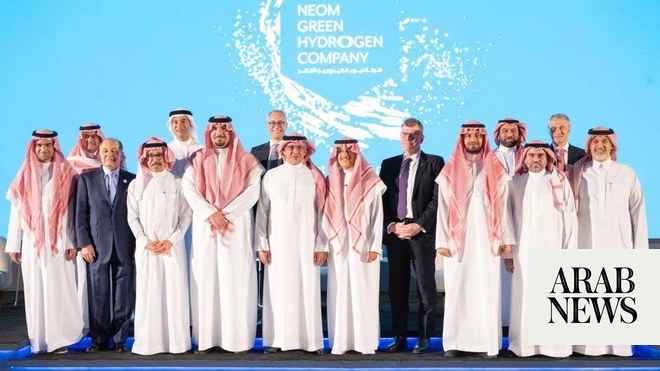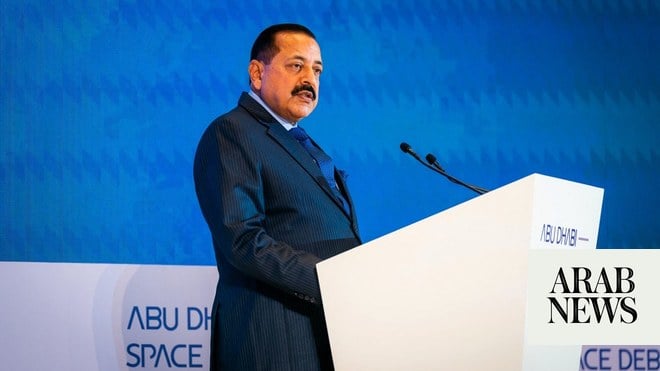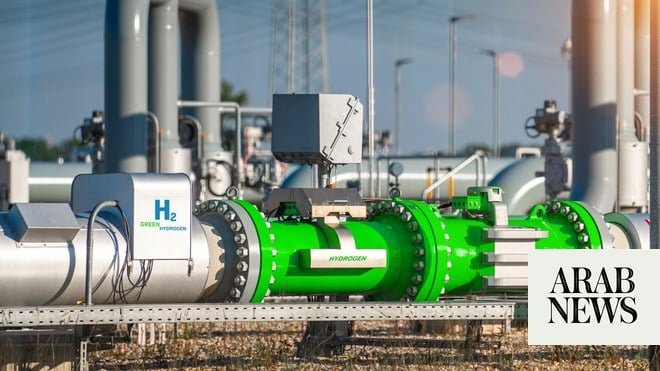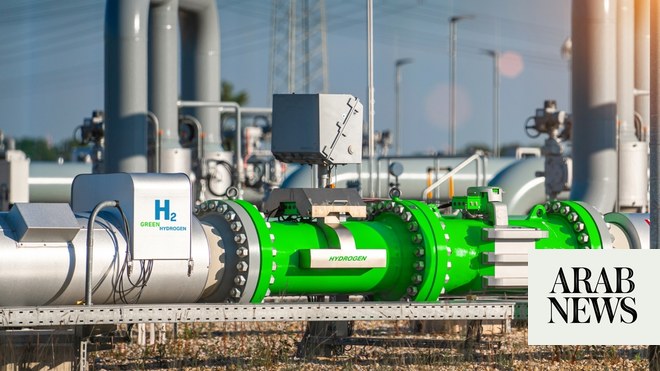
National Green Hydrogen Mission aims to make India a green hydrogen hub
New Delhi targets annual production of 5m tons of green hydrogen by 2030
NEW DELHI: India approved on Wednesday an incentive plan of 197.4 billion rupees ($2.4 billion) to promote the green hydrogen industry in a bid to cut emissions and become a major exporter in the field.
Green hydrogen, also called renewable hydrogen, can be used as fuel. It is produced from electrolysis of water in a process powered by renewable energy, so does not generate polluting carbon emissions.
All over the world, green hydrogen is emerging as a future alternative to fossil fuels.
It can be used in industry, to run cars, and to heat and power households. Countries such as the US, Japan, Saudi Arabia, the UAE, and EU members have invested billions in strategies to develop green hydrogen projects.
The fuel is currently expensive, and India’s incentive plan, the National Green Hydrogen Mission, aims to reduce production costs and increase the scale of the industry by 2030.
“The mission aims to make India a global hub for production, utilization and export of green hydrogen,” Information Minister Anurag Thakur told reporters after a Cabinet meeting that approved the plan on Wednesday.
“(It) will help India in becoming energy-independent and in decarbonization of major sectors of the economy.”
A Cabinet statement said that the project targets the production of 5 million tons of green hydrogen generating 125 GW of power a year by 2030, cutting about 50 million tons of annual carbon emissions.
It is also forecast to help reduce dependence on fossil fuels and cut import costs by 1 trillion rupees.
The development is also expected to help the country, the world’s third-largest emitter of greenhouse gases, achieve net-zero carbon emissions by 2070.
However, it was not immediately clear how significant the move will be in achieving the goal.
“It will help in reducing carbon emissions, but to what extent it is difficult to comment,” Satish Sinha, associate director of New Delhi-based environmental NGO Toxic Link, told Arab News.
However, he described the development as “a big step” and “good strategy.”
“It was known that India was investing into hydrogen as a fuel and lots of research activities were going on, and we also looked at how to use hydrogen as fuel cell,” Sinha said.
“It is also a good opportunity to do that when you are having the presidency of the G20. It puts India in a leadership position as far as climate change is concerned.”












